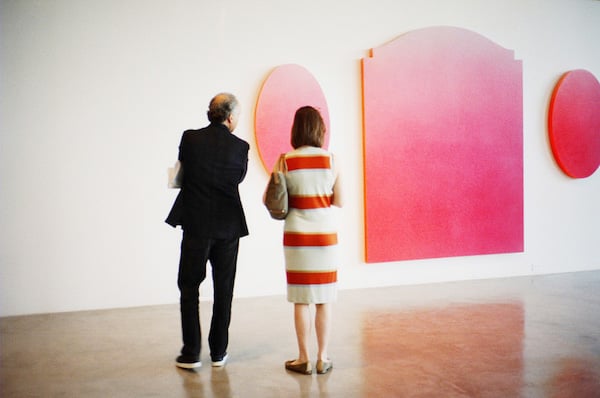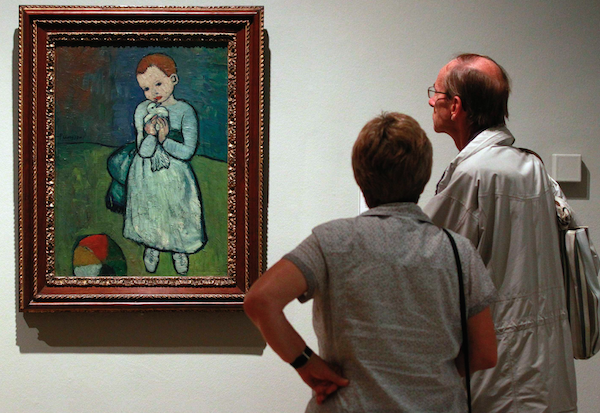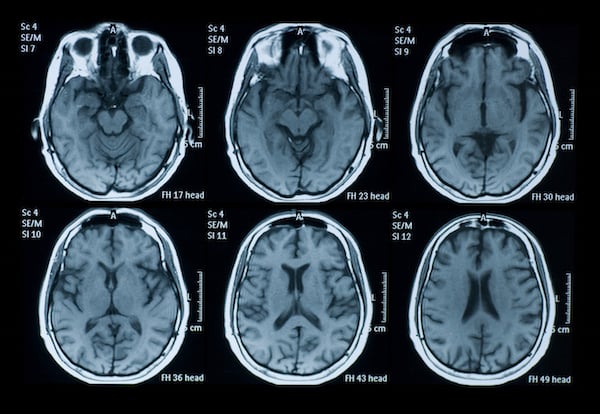Art Guides
Have Humans Evolved to Love Art?
A study shows that art appreciation is intrinsic and universal.

A study shows that art appreciation is intrinsic and universal.

Henri Neuendorf


A study suggests that humans have developed an intrinsic appreciation of art.
Photo: images.vcpost.com
Humans have evolved to enjoy and appreciate art. That is what a study conducted by a team of scientists at New York University have found.
During the course of a lifetime, the vast majority of humans at some point seek engagement with the arts. Be it a painting, theater, movies or music; for thousands of years our species has sought to participate in an art form.
Our tastes are not only subjective but also invariably influenced by cultural norms, education and exposure. Consequently—while consensus does occur—the majority of individuals will judge artworks differently.

Claude Monet’s Still Life With Flowers and Fruit (ca. 1869) was one of the artworks used in the study.
Photo: WikiArt
In the study titled The Brain on Art: Intense Aesthetic Experience Activates the Default Mode Network, published in the Frontiers in Human Neuroscience journal, Edward A. Vessel, G. Gabrielle Starr, and Neva Rubin conducted a series of brain scans on several volunteers and analyzed the respondent’s neural activity when presented with artistic stimuli. The team wanted to find out what determines artistic taste.
A group of 16 observes were presented with images of 109 artworks from the Catalog of Art Museum Images Online database and were instructed to rank each painting on a scale of 1-4 to answer the question “how strongly does this painting move you?”
Observers were instructed to “give your gut-level response, based on how much you find the painting beautiful, compelling, or powerful.”

Scientists used brain scans to analyze how participants in the study reacted to different artworks.
Photo: medicalplanzone.com
The researchers found that the most moving artworks activated areas of the brain which effect “the evaluative and emotional dimensions of aesthetic experiences.”
The investigation concluded that “Observers have strong aesthetic reactions to very different sets of images, and are moved by particular images for very different reasons.”
The scientists explained that observers demonstrated similar levels of brain activity when viewing similar artworks. They note that “The ability to be aesthetically moved appears to be universal.”

Peter Paul Rubens Hercules as Heroic Virtue Overcoming Discord (1633), another painting used in the study.
Photo: WikiArt
The experts acknowledge that more research is required to figure out why our tastes vary. Yet finding scientific evidence supporting our intrinsic fascination with art is an important discovery which supports the notion that art has the power to connect people and different cultures.
According to Smithsonian Magazine, Edward A. Vessel—one of the academics who wrote the paper—is preparing a follow-up study titled How Variable, Stable, or Universal are Aesthetic Preferences? which will seek to find out why our aesthetic tastes are so different.
Related stories:
New Study Shows Blue Is Art World’s Most Popular Color